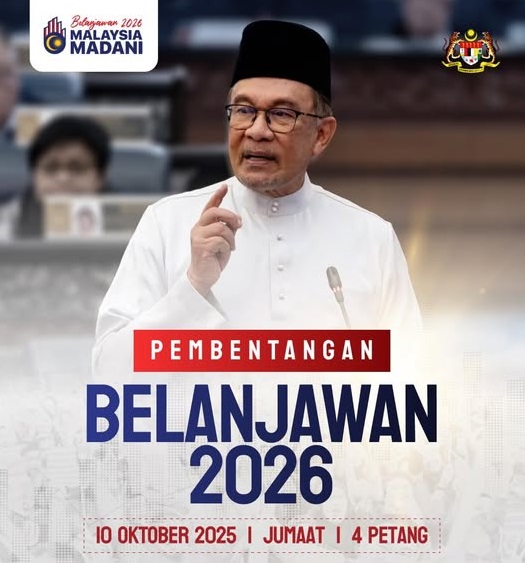
by Dr Rahim Said
For most of us, visiting the neighbourhood GP —or as the Ministry now prefers, “Family Doctor”—is as routine as buying roti canai for breakfast.
You cough, sneeze, or have that mysterious backache that “just won’t go away,” and off you go to the Segara clinic across the road. The familiar face behind the stethoscope greets you, checks your blood pressure, and writes something that looks like a secret code only the pharmacist can decipher. You pay your RM35, maybe RM50 if you’re fancy, and move on with your day.
But come 2026, things might feel a little different. Datuk Seri Anwar Ibrahim has finally announced a long-awaited revision of consultation fees for general practitioners (GPs)—the first since 2006, mind you. That’s nearly two decades of inflation, pandemics, and politicians later.
Under the new range, GPs can charge anywhere from RM10 to RM80, compared to the old RM10–RM35 bracket.
The Prime Minister framed it as giving clinics “flexibility according to the level of service offered,” while still keeping healthcare “affordable.” Translation: expect your friendly neighbourhood doctor’s fees to double, and brace yourself for a polite smile at the counter that now hides a slightly higher bill.
Let’s be fair—GPs have had it tough. For years, their fees were frozen while the cost of running clinics shot through the roof.
Rent, utilities, staff wages, medical supplies—all went up, but consultation fees stayed stuck in 2006. Try asking a nasi lemak seller to keep prices the same for 19 years and see how long you get breakfast.
So yes, the revision is long overdue. But it raises the familiar Malaysian question: what’s fair?
For the urban middle class, RM80 might be manageable—especially for clinics that offer comfortable waiting rooms, touchscreen registration, and doctors who remember your cholesterol levels by heart.
But for pensioners or families with multiple dependents, even a small bump can sting. Many already struggle with daily costs, and healthcare is not something one can easily cut back on. You can skip dessert, but you can’t skip your blood pressure check.
At the same time, let’s not forget the other half of this announcement—the long-neglected on-call allowance (ETAP) for government doctors, which will go up by about 40%.
Finally, a nod to the exhausted medical officers who’ve spent more nights in hospital wards than in their own beds.
A specialist working on a public holiday will now receive RM350 instead of RM250. Hardly jackpot money, but at least it acknowledges that medical fatigue doesn’t come cheap.
Still, these increments highlight an uncomfortable truth: Malaysia’s healthcare system has been running on goodwill for too long.
The people who keep us alive—GPs, specialists, nurses—have been underpaid and overworked, while politicians give yearly lectures about “affordability.” It’s about time the balance shifted slightly towards fairness.
So, when you next visit your family doctor and the receptionist politely informs you that the consultation fee has gone up, take a deep breath.
Remember that for nearly 20 years, that same doctor has been absorbing the cost of your ailments without complaint.
So, if you’re still upset about paying RM80, consider this: at least your doctor doesn’t charge by the minute—unlike your lawyer or therapist.
Now that would really make you sick.